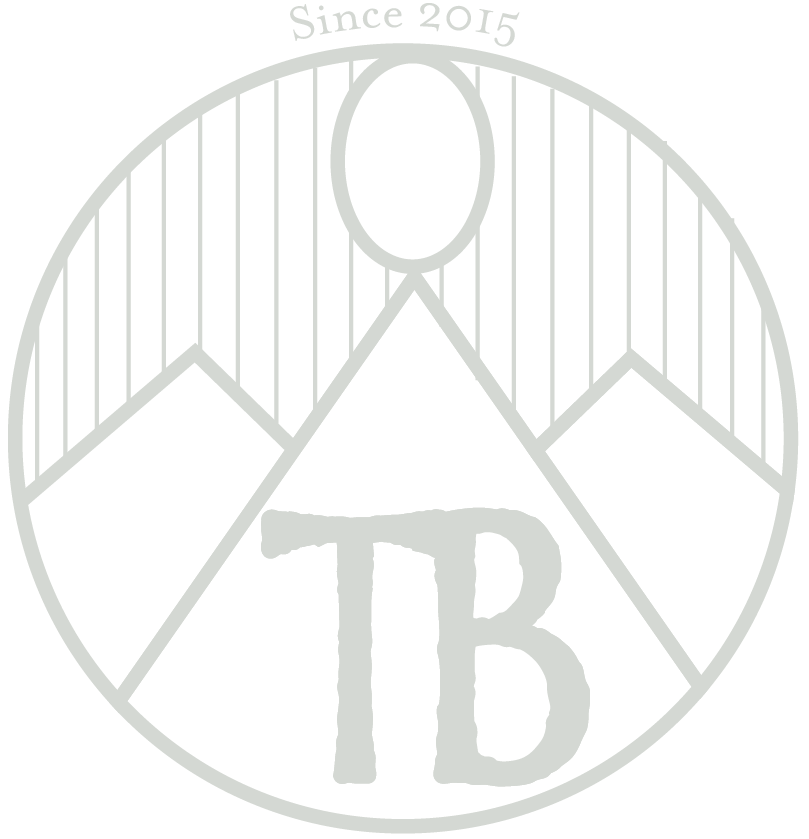This post will discuss the contrast between two or more fonts in a magazine article, as well as its use of photography.
The above photo and article were published by Alexander Braczowski. The image was found at http://www.alexanderbraczkowski.com/media. All copyrights and ownership belong to him, I only use it as an example of good page design.
Typography
Braczowski’s published article contains three contrasting font types. Type one, making the title, is a slab serif font, identified by the minimal change in letter thickness and the large serifs capping the letters. Type two, making the summary directly below the title, is a sans serif font, identifiable by no serifs on the letters and no change in thickness among letters. Both type one and type two are identifiable as the type they are by their vertical stresses. Type three, making the entirety of the article, is an oldstyle font, identifiable by a diagonal stress, slanted serifs on lowercase letters, and an easily recognizable change in letter thickness.
These three fonts contrast dramatically in both style and size, thus separating sections of text from one another and adding diversity without ruining the construct or union of the article. Their size is symbolized by the overdrawn square in the above example photo, and their differing fonts are recognizable in each example.
Photography
Braczowski intelligently uses the one-thirds lines to build his article. Notice in the photo that the lion’s right eye is resting focally along the vertical and horizontal 2/3 lines. Also, the third text column aligns perfectly with the vertical 1/3 line. We also notice, demonstrated by the overdrawn arrows, that the lion’s gaze seems to point toward the title, subconsciously pulling the reader’s attention in that direction.
The following photos mimic the depth of field, leading lines and application of the the rule of thirds that the magazine image portrays.
Each of these photos has a focal point along the same rule-of-third lines as the lion’s eye, such as the grove of trees in the first photo. Each has a leading line(s) similar to the lion, such as the direction the stylus is pointing in the second photo. And each, other than the first, has a shallow depth of field, like the close up on Captain America’s face from this popcorn tin in the third photo.
Ultimately, these three fundamental techniques make or break a piece of visual media. When used wisely and correctly the rule of thirds, leading lines, and depth of field will make your work stand out among a competitor’s. Thank you for following along and if you have questions you can reach me under the contact tab.




